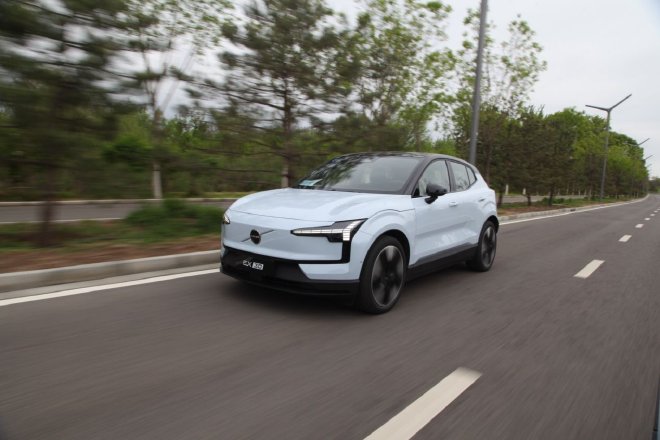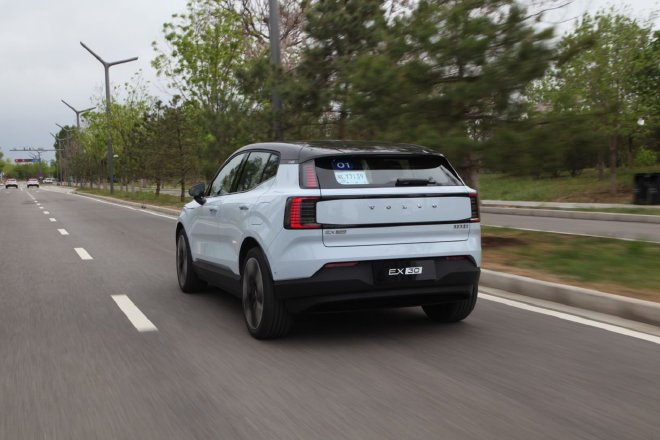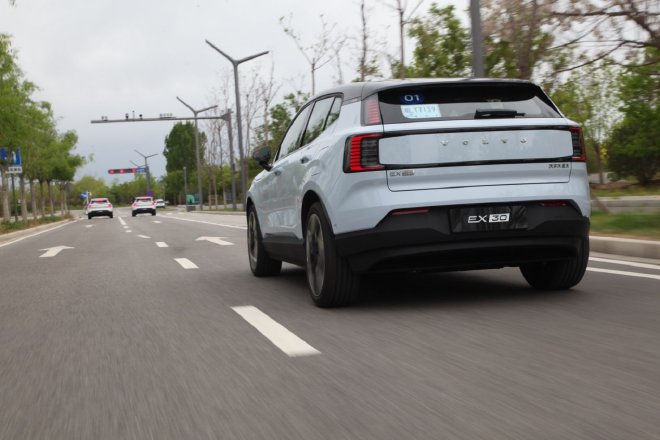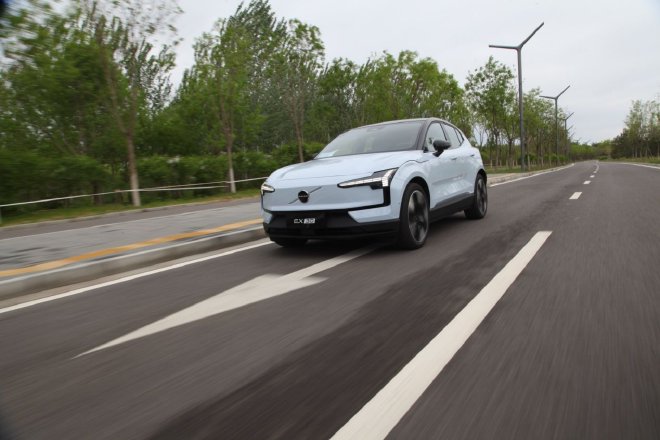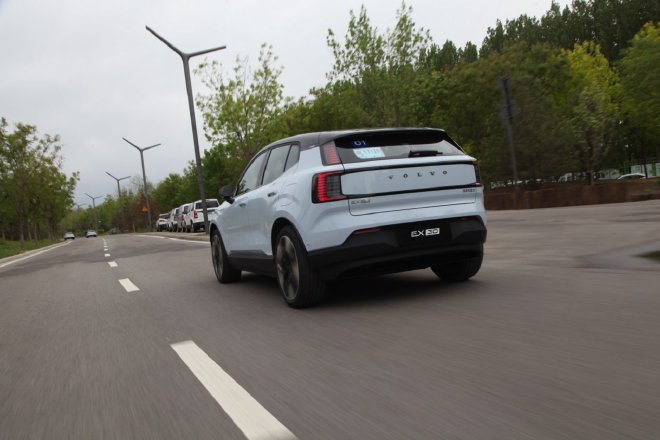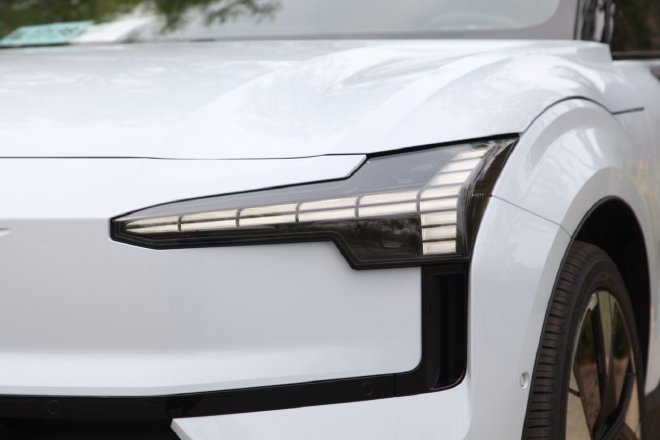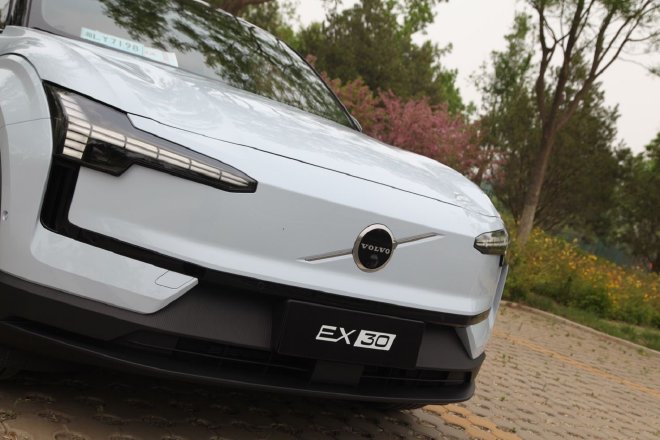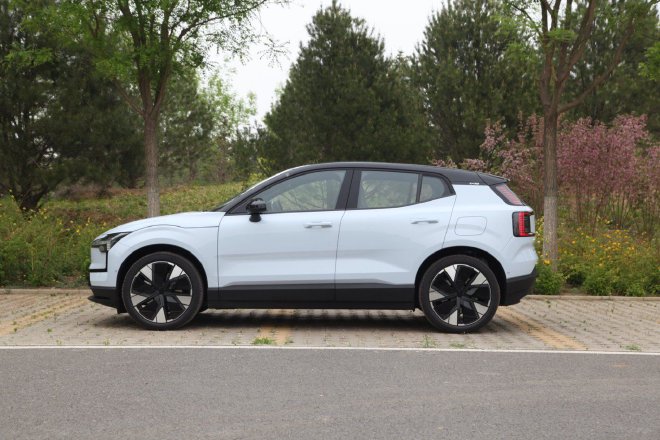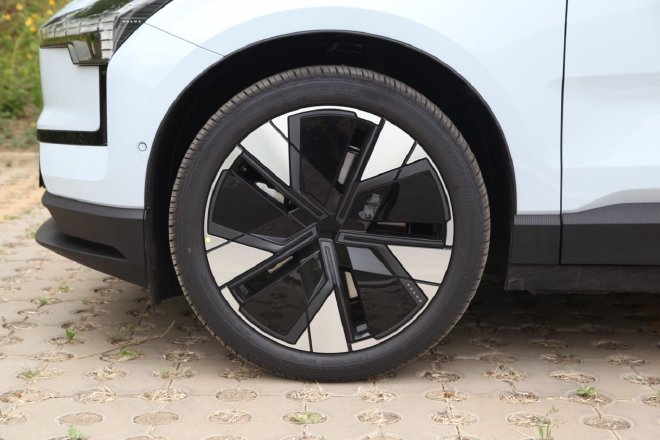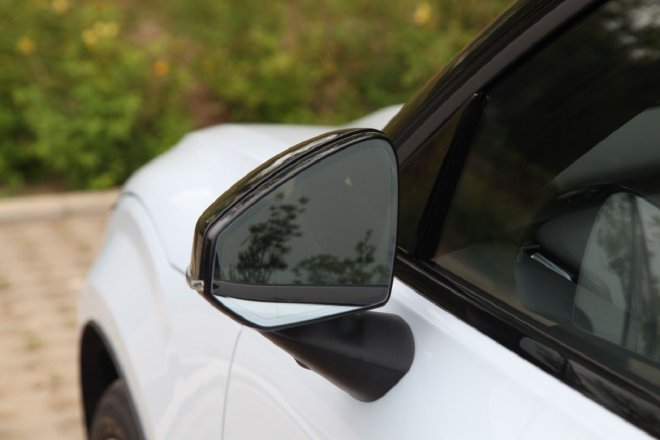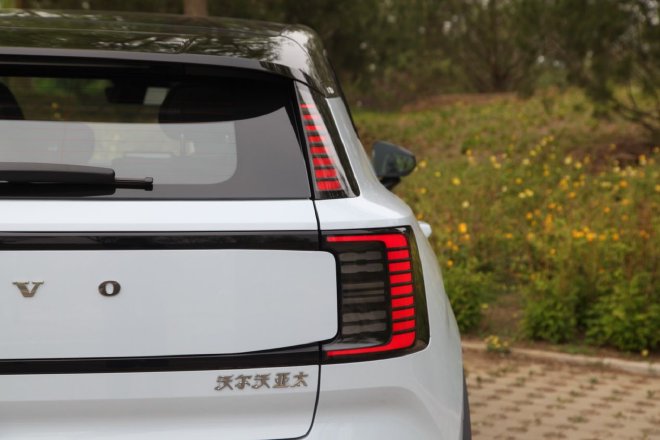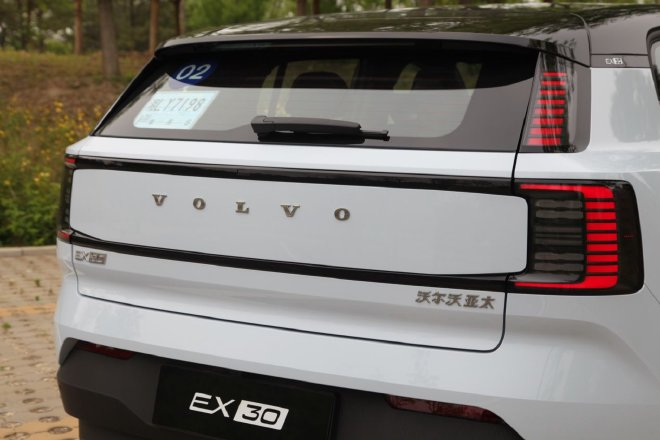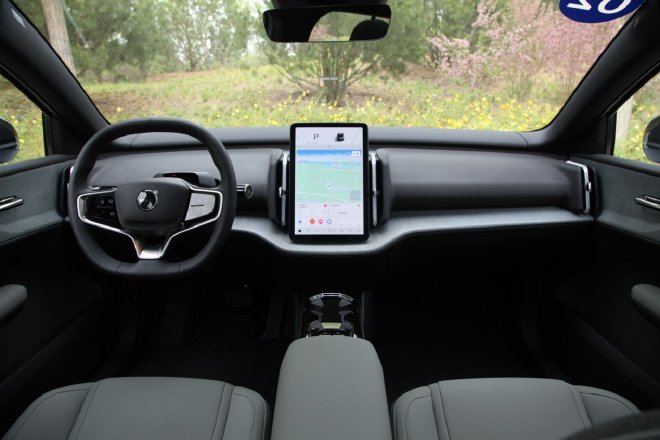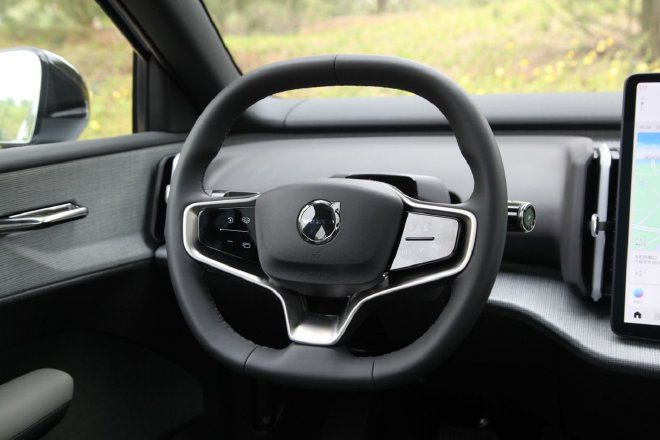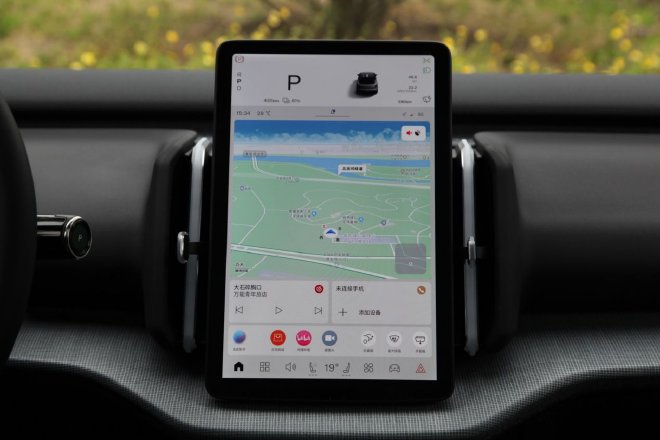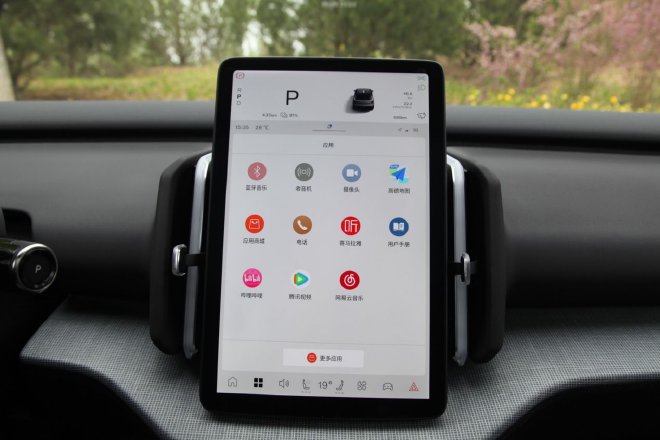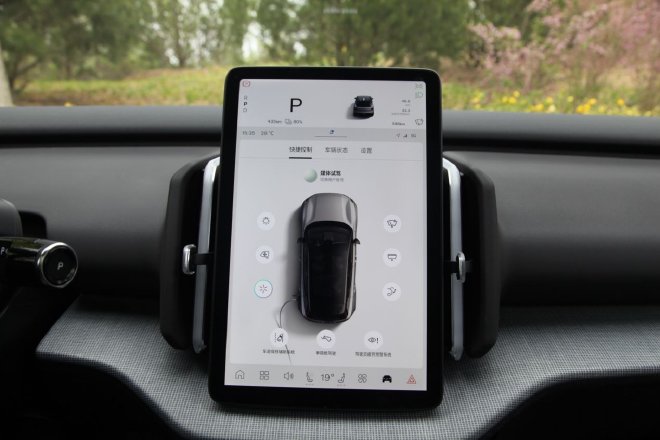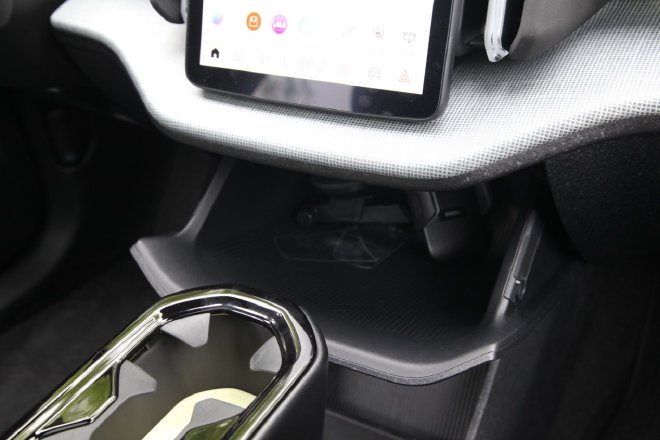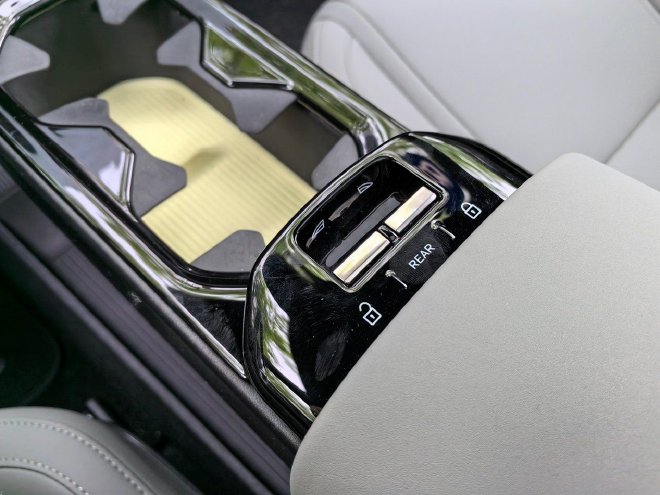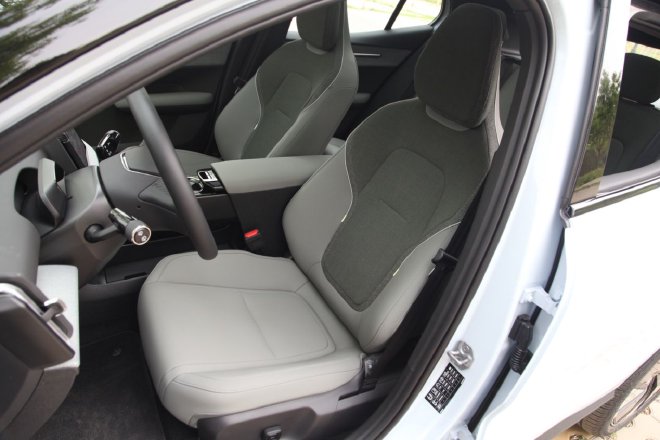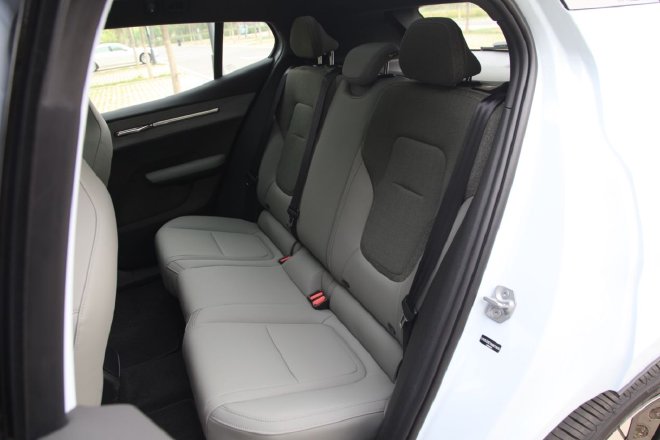At the recent 2024 Beijing Auto Show, Volvo unveiled the small electric SUV, the Volvo EX30. It was only shown in terms of appearance and interior, with the pre-sale price announced. Today, we will experience how it feels to drive this electric SUV known as the “performance small cannon.”
The Volvo EX30 will be available in single-motor and dual-motor versions. The model we test drove today is the dual-motor version, with a maximum output power of 315kW and a maximum torque of 543N·m. The official 0-100km/h acceleration time is only 3.6 seconds.
When we first drove this car, it felt very light. The steering wheel and accelerator pedal feedback were comfortable. The Volvo EX30 has impressive acceleration. When we press the accelerator pedal, the strong push comes instantly without any delay.
When driving in the city, the vehicle shows a very gentle side. The acceleration, deceleration, and lane changing are extremely comfortable. Both women and men can easily handle this car. It is worth mentioning that the new car will use frameless rearview mirror design, which increases the overall area and effectively enhances the safety of driving.
The suspension performs well, with front MacPherson struts and rear multi-link independent suspension providing a better driving experience. The vehicle absorbs impact from speed bumps and filters shocks on bumpy roads, keeping the cabin stable.
In terms of quietness, the performance of the Volvo EX30 is quite good. Wind noise is almost non-existent inside the car, even when the speed reaches 100km/h. However, the control of tire noise is slightly disappointing. As the speed increases, tire noise becomes more noticeable, but fortunately, this sound is within a manageable range.
Compared to other electric SUVs in the same class, the Volvo EX30 has better handling thanks to its compact size and comfortable steering wheel. The new car has also removed the traditional LCD instrument panel, integrating more functions into the central control screen to enhance the vehicle’s technology and personalized feel.
The new car will use paddle shifters for shifting, and the intelligent driving assistance system is activated by two consecutive downward shifts of the shift lever. The Volvo EX30’s intelligent driving system includes ACC adaptive cruise control, lane keeping, lane departure warning, rear cross traffic alert, and forward collision warning, effectively enhancing the safety and intelligence of the vehicle. Speaking of safety, Volvo will not disappoint. Even in such a small car, it is equipped with sufficient safety features, including cage body, collision warning, door opening reminder, and wheel loss protection, ensuring the safety of the occupants to the maximum extent. The battery pack is also protected to the extreme, with precise temperature control and integrated design with the chassis, making this car even safer.
The Volvo EX30 is aimed at young users, couples, or families with young children, so the design of the exterior and interior is tailored to their preferences. The new car will continue to use the family-style exterior design, but with many differences from previous Volvo models.
The Volvo EX30 will feature the all-new Thor’s Hammer headlights, composed of multiple individual lighting units for enhanced visibility and recognition.
The fully enclosed intake grille indicates that this is a pure electric model. The classic Volvo logo is retained in the middle, with two black decorative strips extending from below the headlights, dividing the front end into sections. This adds depth and a youthful, sporty look to the car.
The new car measures 4233x1838x1555mm, with a wheelbase of 2650mm. It will feature dual-tone colors and offer five color options. The side profile is rich in lines, creating a muscular look and avoiding a thin appearance.
Although it is an electric vehicle, the Volvo EX30 does not use hidden door handles, instead opting for a traditional design. The wheels are 20 inches with low aerodynamic drag and 245/40 R20 tires. Additionally, the car features frameless rearview mirrors, giving it a futuristic look.
The rear design of the car reflects its youth and fashion, featuring a new split sequential tail light design with high recognition and ultra-red LED light source for clear visibility even during the day.
Although not using a continuous light group shape, the two decorative strips on the trunk still connect the taillights together, adding layers to the rear of the car. A spoiler-shaped design is also created under the bumper, serving a decorative purpose and appealing to young consumers.
The Volvo EX30 features a unique interior design, incorporating the popular “less is more” concept. Unnecessary designs have been integrated to create a clean and tech-savvy atmosphere. The use of eco-friendly materials further highlights the vehicle’s commitment to sustainability and recycling.
The new car ditches the traditional LCD dashboard for a 12.3-inch central screen. The screen displays driving information, desktop-level navigation, and quick and common keys in a multi-layered layout.
The car’s screen will use the Qualcomm Snapdragon 8155 chip, improving processing speed and supporting online entertainment, navigation, app downloads, OTA upgrades, voice control, phone connectivity. Basic controls are also on the screen for easy access.
The new car will use a console shift, so the central channel is designed as a floating island style, which can effectively increase the storage capacity of the vehicle. The glove box is also designed in the middle position, which can be opened through the screen. A hidden storage box is also designed at the bottom of the central channel, which is very practical.
In the car, we found interesting designs, like the glass buttons for the four doors placed on the center armrest. It takes some getting used to. The door handles are designed in a circular shape, providing a comfortable and practical feel.
The new car seats are not made of fabric material, but of recycled environmentally friendly material. The front seats are quite comfortable, with good ergonomic design, excellent support for the waist and legs, soft yet supportive seats.
The backrest angle of the rear seats is slightly upright, considering the wheelbase of the vehicle, the rear seating space is average, suitable for daily commuting. Additionally, there is no center armrest in the rear, which may cause fatigue during long trips. In conclusion, the Volvo EX30 has started pre-sale with a price range of 210,000 to 260,000 yuan (36020$). This car is unique and excels in driving quality and acceleration. However, the price is a bit high compared to other electric vehicles on the market. If priced below 200,000 yuan (27710$), the Volvo EX30’s overall capabilities will surely capture the market quickly. What do you think?

